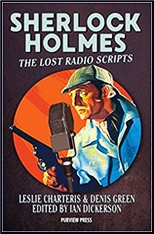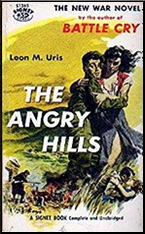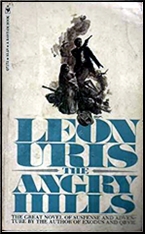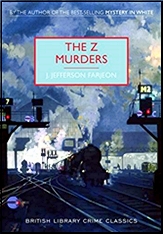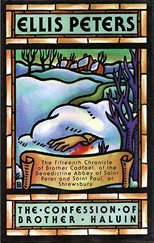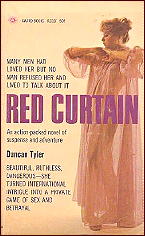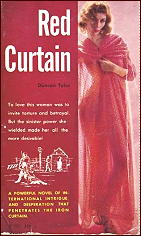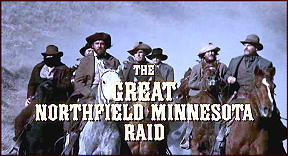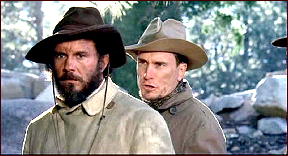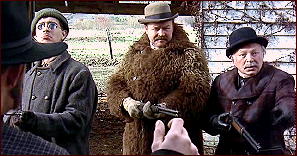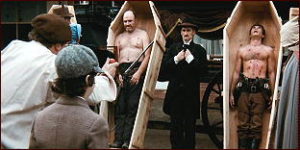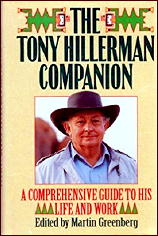Sun 25 Feb 2018
COLIN ROBERTSON – The Yellow Strangler. Ward Lock, UK, hardcover, 1934. Cherry Tree, UK, paperback; no date stated (1950?). Hillman-Curl, US, hardcover, 1938. Thriller Novel Class #3, digest-sized paperback, 1941.
I have to admit that I was out of step with this one almost all the way through — but not in a bad way. Colin Robertson has a long career writing mysteries, almost 60 of them between 1934 (this was his first) and 1970, many of them with what I assume are Scotland Yad inspectors, but some with people I know nothing about, such as Vicky McBain and Peter Gayleigh.
In any case, the first chapter ends on a note that had me thinking detective puzzle: a mysterious, sophisticated woman who has just moved into Phillip Battersley’s building decides to throw a party for all her friends. But at the end of a short sketch she performs with a gentleman she knows, the lights go out and in the playlet she is supposed to be strangled. Suddenly she screams, the lights go on — and yes, you guessed it. She has been strangled in real life.
Inspector Wilson put in charge of the case — his only appearance in a Robertson novel. But as it so happens, this is not a case in which all of the attendees of the party are suspects, with all of their motives and actions needing to be tracked down in detail. No, the dead woman was a member of a international gang of criminals who turned against their leader, but to their dismay, he escaped their plot and is now tracking them down and killing them, one by one.
This turns the story around into an out-and-out thriller, the kind the British did so well back in the 1930s. As the title suggests, the killer is known as the “Yellow Strangler.” He even signs his cryptic notes to the police signed “YS.” He may be Chinese, but it is also assumed that it is a yellow mask that he wears, so perhaps he is not.
It also turns out that he is also one those madmen who has a goal of obtaining immortality by draining the glands of living victims, whom he kidnaps for that purpose, only to be foiled every time at the last minute.
So, all well and good, but I was distracted by all the fun I was having, and I forgot that maybe this was also a detective mystery, which in the final chapter, it turns out that it was. That’s one on me.
Summing it up then, I really can’t recommend this to you or anyone else, unless you’ve read this far in the review, and said to yourself, this is a book for me. In that case then, it is.
